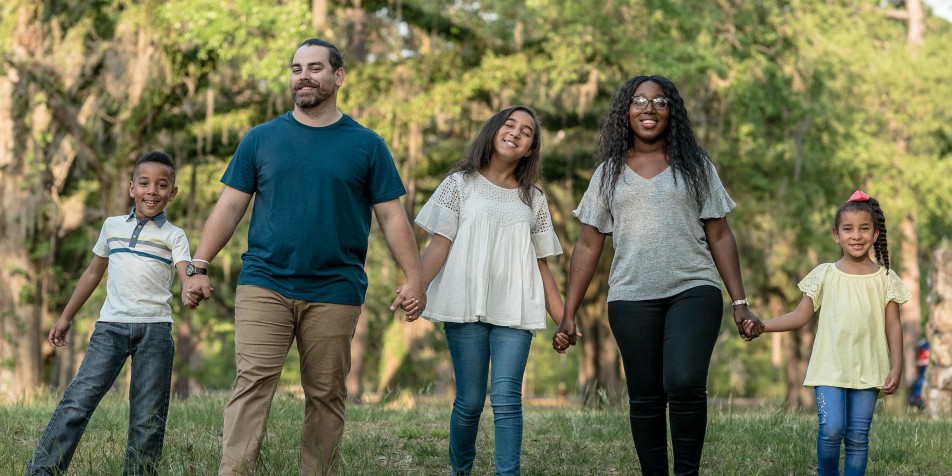Finding Permanency and Family is the Most Important Child Welfare Transition-to-Adulthood Issue

Youth in foster care, like all youth across the country, need many things to successfully transition into adulthood. They need an education and training so they can find employment and have a career; health care to stay healthy; housing so they are not worried about where they will sleep each night; and an array of skills that enable them to care for their themselves, manage their money, and their lives. While all these concrete, tangible skills and resources are essential and our child welfare systems should provide them as a matter of course to youth, being connected to support networks that stay with youth well into adulthood remains the most vital component for success.
Family provides youth with a home and social networks. It offers a safe place to land when youth and young adults hit bumps in the road, and the unconditional support and love that enable youth to persist in achieving their goals. All parents know how important their support and guidance is to the transition to adulthood of their children, and children realize it when they become adults. Research also tells us how important permanency and family are to success in adulthood, and how being disconnected from family puts youth at risk for poor outcomes such as homelessness, reliance on public benefits, and contact with the justice system.
Recent data continues to tell the same story: we know permanency is essential to the development of young people and their success in adulthood, but our laws and policies do not yet help us achieve the results that must be our expectation. In Pennsylvania and across the country, we continue to see about 50% of youth aging out without being reunified or finding family through adoption, guardianship or placement with kin or relatives.
We know this is unacceptable, but have not yet changed our laws, policies, and practices to reflect that. Two of Juvenile Law Center's recent publications propose changes in practice and in law and policy that aim to make permanency for older youth the norm. Both resources clarify expectations for service delivery and outcomes, recommend building systems of accountability through data collection and court and legislative oversight, and promote practices to meaningfully engage youth in ways that consider adolescent development and build on expertise from youth who have experienced foster care.